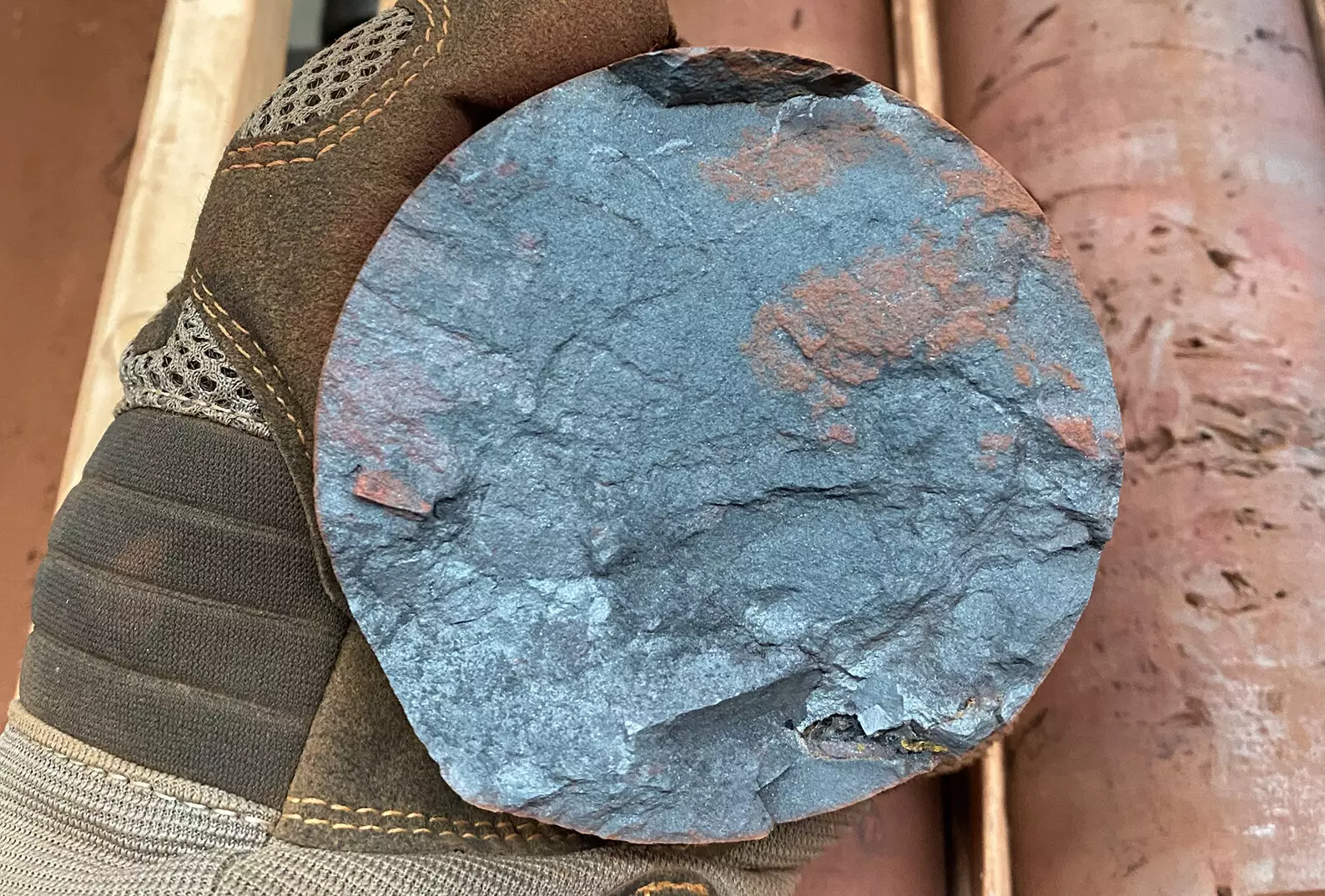Recent investigations by a team at Curtin University have ushered in a groundbreaking revelation regarding the formation of Earth’s most extensive iron ore deposits. Traditionally believed to be approximately 2.2 billion years old, the deposits located in the Hamersley Province of Western Australia are now estimated to be much younger, dating between 1.4 and 1.1 billion years. This shift in understanding is not merely an academic curiosity; it holds vast implications for both geology and the mining industry, particularly as iron ore continues to be a critical resource in modern technologies and infrastructure.
The Methodology Behind the Findings
Central to this transformative discovery is an innovative geochronology technique that utilizes uranium-lead isotope analysis to date iron oxide minerals directly. This method marks a significant advancement in geological studies, allowing for a more precise chronology of the mineral formations. Lead researcher Dr. Liam Courtney-Davies emphasizes that this new approach enables researchers to better connect geological events to the distribution of natural resources like iron ore. The outdated timeline previously put forth limited the scope of exploration and understanding of these deposits, making the insights from this recent study nothing short of a revelation.
Geological Context and Implications
The results not only redefine the timeline of the iron deposits but also align them with periods of exceptional geological activity, specifically during the fracturing and reformation of ancient supercontinents. This correlation suggests that climatic and tectonic shifts played a critical role in the creation of massive iron-rich layers throughout the Pilbara region. Dr. Courtney-Davies aptly notes that the dynamic geological environment during this time likely propelled the formation of billions of tonnes of iron-rich rock. This connection broadens our understanding of the forces that shaped Earth’s surface and hints at where future exploration might yield additional mineral resources.
The Broader Economic Impact
The implications of this discovery are particularly compelling in the context of Western Australia’s dominance in iron ore production. As the country’s largest export earner, valued at an astounding $131 billion last financial year, the mining and extraction of these resources are paramount to Australia’s economy. By illuminating the evolution of these deposits, the research opens the door to more targeted exploration efforts. A more nuanced understanding of their formation not only enhances current operational strategies for mining companies but also positions Australia to maintain its leadership in global iron ore markets.
Collaboration and Future Directions
Collaborative efforts among researchers from Curtin University, The University of Western Australia, Rio Tinto, and CSIRO Mineral Resources showcase a comprehensive approach to addressing the complexities of Earth’s geological history. Such partnerships are vital for advancing our understanding of natural resources and the processes behind their formation. As this research underscores the intricate interplay between geological forces, it paves the way for future studies aiming to unlock further secrets of the Earth’s mineral wealth—potentially reshaping the future of mineral exploration and sustainability.
These groundbreaking insights not only enhance our comprehension of Earth’s evolutionary tapestry but also empower resource management strategies that could lead to more sustainable practices in mining and extraction. The need for responsible resource usage has never been more critical, and this research is a vital component of that challenge.


Leave a Reply